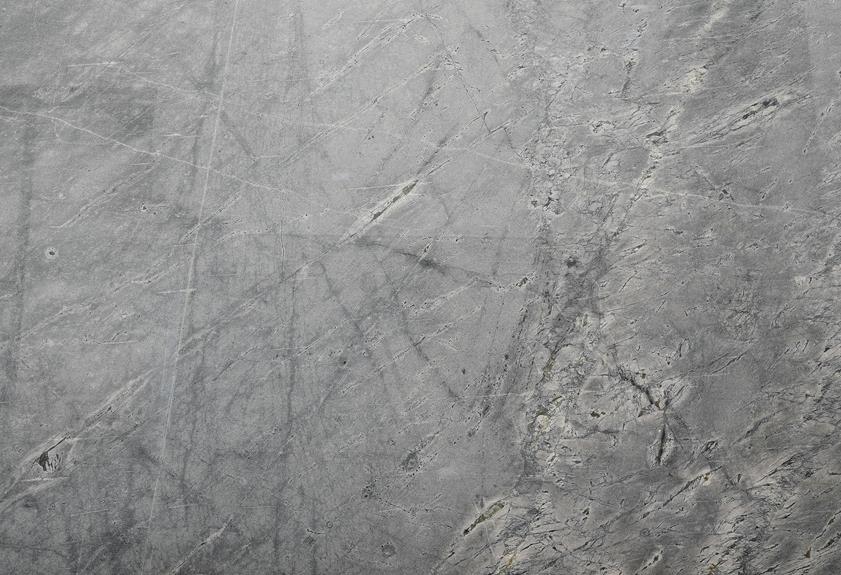Exploring the intricate world of stone care can often feel like deciphering a cryptic code etched in granite. As we investigate the nuances of common issues faced by stone surfaces, we unearth practical solutions that can transform your stone from lackluster to lustrous.
Understanding the intricacies of stains, etching, cracks, and dullness is paramount in safeguarding your stone investment. Join us on this journey as we unravel the mysteries of stone maintenance and reveal the keys to preserving the timeless beauty of granite surfaces.
Key Takeaways
Contents
- 1 Key Takeaways
- 2 Common Stains and How to Remove Them
- 3 Dealing With Etching on Granite
- 4 Preventing and Repairing Cracks
- 5 Restoring the Shine to Dull Granite
- 6 Protecting Granite Surfaces for Longevity
- 7 Frequently Asked Questions
- 7.1 Can Granite Be Used Outdoors in All Weather Conditions?
- 7.2 Is It Safe to Use Homemade Cleaning Solutions on Granite Surfaces?
- 7.3 How Do You Know When It's Time to Seal Your Granite Countertops?
- 7.4 Are There Any Natural Remedies for Removing Tough Stains on Granite?
- 7.5 Is It Normal for Granite to Change Color Over Time, and How Can This Be Prevented?
- Promptly address stains and etching to prevent permanent damage.
- Utilize proper sealing and maintenance to protect granite surfaces.
- Repair cracks early to prevent extensive damage and costly repairs.
- Regular cleaning and polishing help restore and maintain granite's shine and longevity.
Common Stains and How to Remove Them
When dealing with common stains on granite, it's essential to address them promptly using appropriate cleaning techniques to prevent guarantee permanent damage. Stain prevention is key to maintaining the pristine look of your granite surfaces. To remove stains effectively, consider utilizing do-it-yourself (DIY) granite stain removers. These homemade solutions can be highly effective and cost-efficient.
For organic stains like coffee or wine, create a paste using baking soda and water. Apply it to the affected area, cover with plastic wrap, and let it sit overnight. Rinse and wipe clean the next day. For oil-based stains such as grease or cooking oil, mix acetone with baking soda to form a paste. Apply, cover, and repeat the process if needed. Always remember to rinse thoroughly after cleaning.
Regularly sealing your granite countertops can also aid in stain prevention. By following these removal techniques and incorporating preventive measures, you can guarantee your granite surfaces remain spotless and beautiful for years to come.
Dealing With Etching on Granite
Dealing with etching on granite requires understanding the nature of the damage and implementing targeted restoration techniques to restore the surface to its original state. Etching occurs when acidic substances like lemon juice or vinegar come into contact with the calcium carbonate in the stone, causing dull spots or whitish marks. To address this issue, it's important to identify the type of granite and the severity of the etching before proceeding with repairs.
Here is a table outlining the key points for dealing with etching on granite:
| Etching Prevention | DIY Repairs |
|---|---|
| Avoid using acidic cleaners | Lightly sand the etched area |
| Quickly clean spills | Apply a granite polishing powder |
| Use coasters under glasses | Buff the surface with a soft cloth |
Preventing etching involves proper maintenance and care, while DIY repairs can be done with some basic tools and materials. By following these guidelines, you can effectively manage and overcome etching issues on your granite surfaces.
Preventing and Repairing Cracks
To effectively address cracks in granite, understanding the factors contributing to their formation is essential for implementing preventive measures and targeted repair techniques. Cracks can develop due to various reasons such as stress from heavy loads or sudden impacts.
Here are some key strategies to prevent and repair cracks in granite:
- Sealing techniques: Utilizing high-quality sealants can help impede the penetration of water and other substances that may weaken the granite structure over time.
- Structural reinforcement: Adding additional support through techniques like installing steel rods or brackets can strengthen the granite and reduce the likelihood of cracks forming.
- Regular inspections and maintenance: Conducting routine checks to identify early signs of cracking and promptly addressing any issues can prevent small cracks from worsening and requiring more extensive repairs.
Restoring the Shine to Dull Granite
Restoring the shine to dull granite involves utilizing specialized polishing techniques to renew the stone's luster and enhance its overall appearance. When granite loses its shine due to wear and tear, scratches, or dull spots, polishing is the key to bringing back its natural beauty.
The first step in this process is to thoroughly clean the surface to remove any dirt or grime that could interfere with the polishing. Once the granite is clean, a series of polishing techniques are applied depending on the severity of the dullness. These techniques may range from using diamond polishing pads to chemical polishing compounds. It's essential to follow the manufacturer's guidelines and seek professional help if needed to make the best results.
Maintaining luster is important after restoring the shine to dull granite. Regular cleaning with pH-neutral stone cleaners and avoiding harsh chemicals will help preserve the polished finish. Additionally, using coasters under glasses and placing hot items on trivets can prevent damage to the surface. By following these maintenance practices, you can prolong the shine and beauty of your granite surfaces.
Protecting Granite Surfaces for Longevity
To safeguard the longevity of granite surfaces, proper sealing is essential to protect against staining and etching. Granite is a natural stone that requires maintenance to preserve its beauty and durability.
Here are some key points to keep in mind for protecting your granite surfaces:
- Sealing techniques: Choose a high-quality, penetrating sealer specifically designed for granite. Apply the sealer following the manufacturer's instructions, ensuring thorough coverage and allowing sufficient drying time between coats.
- Maintenance tips: Clean your granite surfaces regularly using a mild, pH-neutral cleaner and a soft cloth or sponge. Avoid harsh chemicals or abrasive cleaners that can damage the sealant and the stone itself. Additionally, promptly clean up spills to prevent staining, especially from acidic substances like lemon juice or vinegar.
Frequently Asked Questions
Can Granite Be Used Outdoors in All Weather Conditions?
Outdoors, granite can withstand various weather conditions. To maintain its durability, regular cleaning and sealing are essential. Longevity outdoors can be enhanced by applying weatherproofing strategies to keep the stone looking pristine.
Is It Safe to Use Homemade Cleaning Solutions on Granite Surfaces?
Using homemade cleaners on granite surfaces has pros and cons. DIY solutions are cost-effective but may lack the proper pH balance, potentially harming the stone. Professional cleaning solutions offer more precision and safety.
How Do You Know When It's Time to Seal Your Granite Countertops?
When it's time to seal granite countertops can vary depending on factors like sealant lifespan and maintenance schedule. On average, sealants last 1 to 3 years. Regularly check for water absorption to determine if resealing is needed.
Are There Any Natural Remedies for Removing Tough Stains on Granite?
When dealing with tough stains on granite, we often turn to natural remedies. A vinegar solution or a baking soda paste can be effective in lifting stains without damaging the stone. These solutions are safe and environmentally friendly.
Is It Normal for Granite to Change Color Over Time, and How Can This Be Prevented?
Absolutely, granite can change color due to exposure to sunlight and chemical reactions. To prevent discoloration, make sure proper sealing and use pH-balanced cleaners. Regular maintenance, like resealing every 1-3 years, is vital for color preservation.

